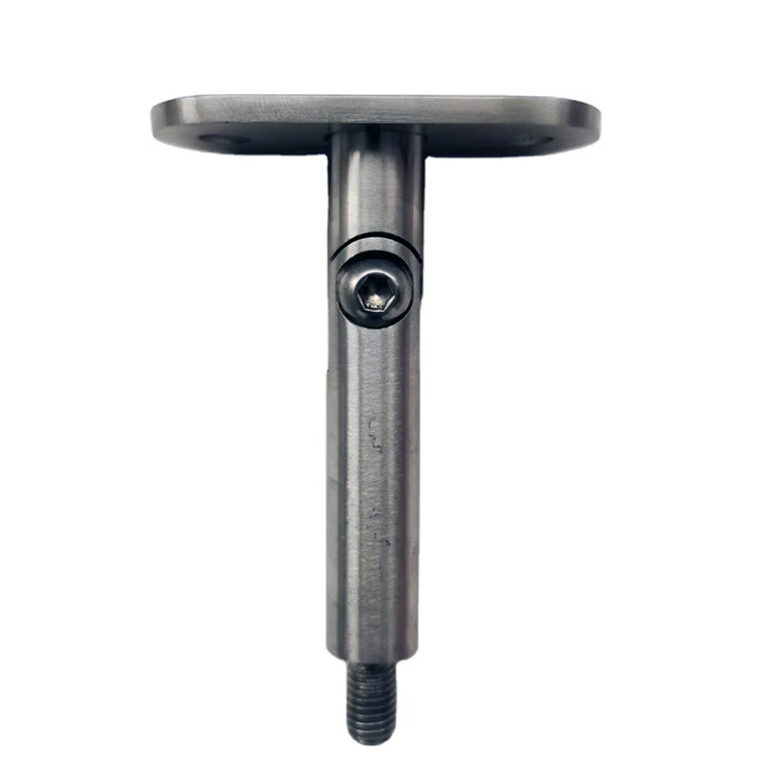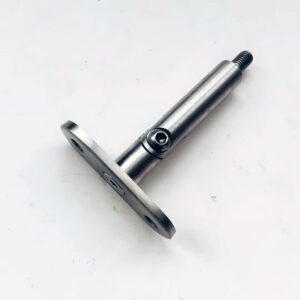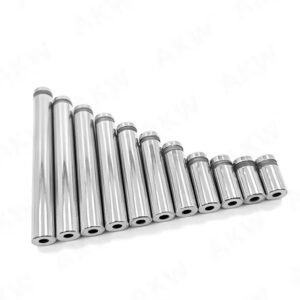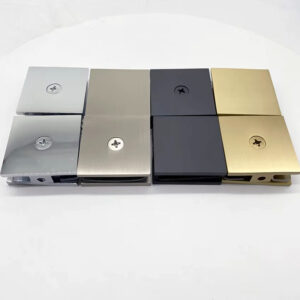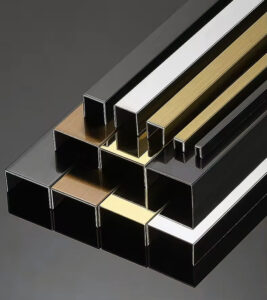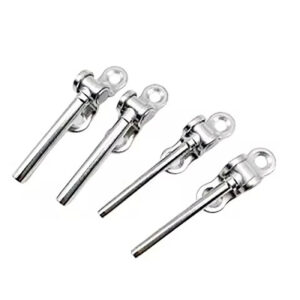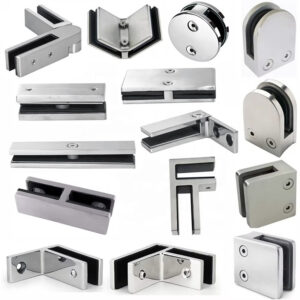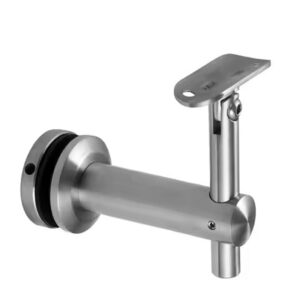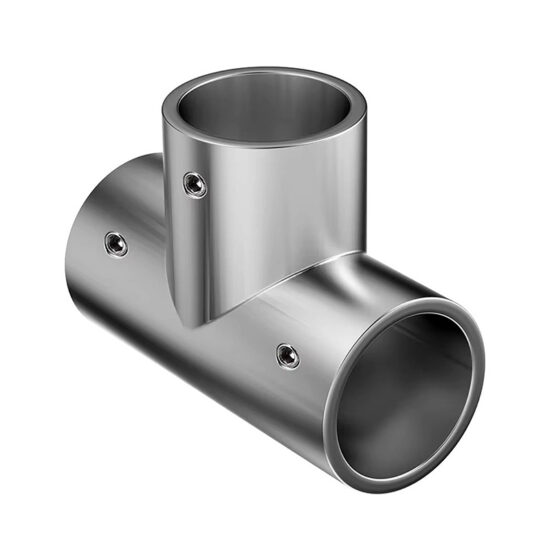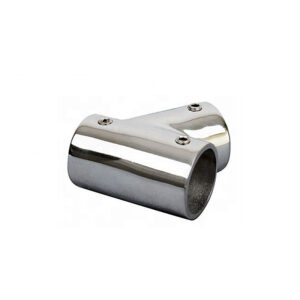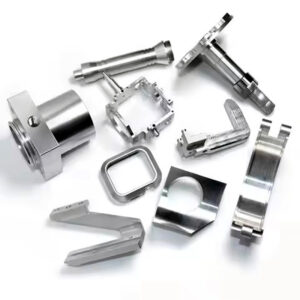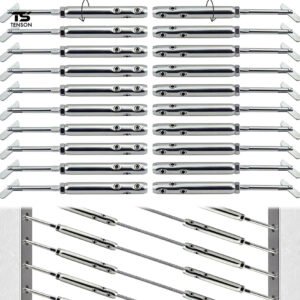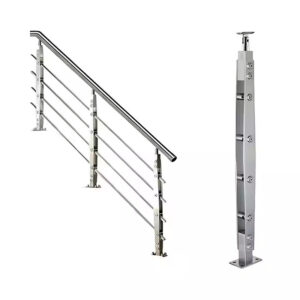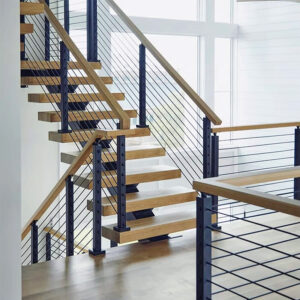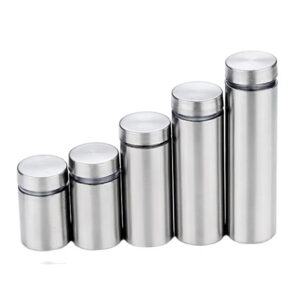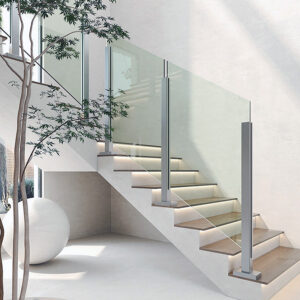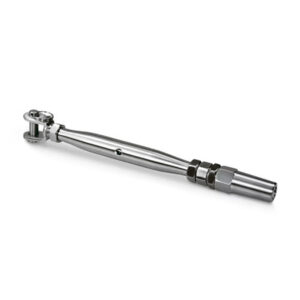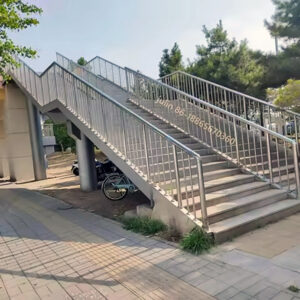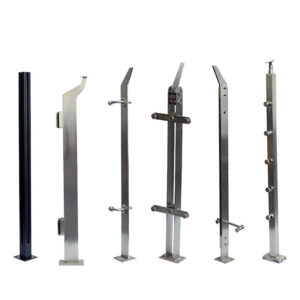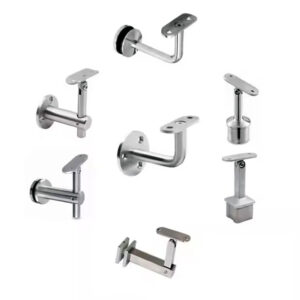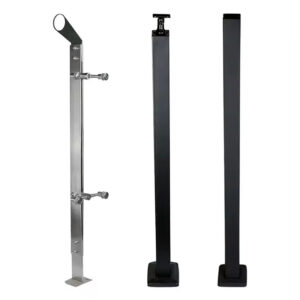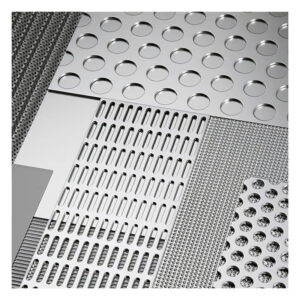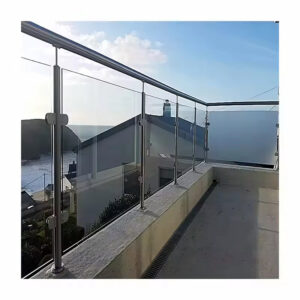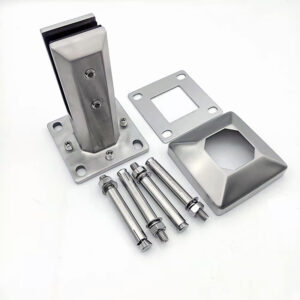Finding railing hardware that actually performs as specified shouldn’t be complicated. After 23 years manufacturing stainless steel railing components, we’ve learned that contractors and distributors need adjustable wall brackets that install quickly, hold their rated loads, and integrate seamlessly with complete railing systems. The reality is simple: when your mounting hardware works right the first time, everything else falls into place faster.
Complete Railing Hardware Systems That Work Together
Handrail Systems with Integrated Mounting
Our handrail systems include wall-mount, post-mount, and surface-mount options with adjustable wall brackets designed for consistent performance. Standard mounting patterns mean your inventory works across multiple projects, reducing complexity and installation time.
Wall-Mount Components:
- Adjustable wall brackets with 15-degree angle compensation
- Continuous rail connectors for seamless runs
- End caps and returns in matching finishes
- Return-to-wall brackets for code-compliant terminations
Railing Posts and Structural Components
Complete post systems integrate with adjustable mounting hardware for versatile installation. Our modular approach means posts, brackets, and rails work together without field modifications.
Post System Features:
- 316L stainless posts for marine grade adjustable wall ODM applications
- Surface-mount and core-drill base options
- Adjustable bracket connections for non-plumb surfaces
- Height adjustment capabilities for uneven floors
Glass Railing Hardware Integration
Glass panel systems require precision mounting, and our adjustable wall brackets accommodate the tight tolerances glass installation demands. Commercial adjustable bracket systems include all necessary components for complete glass railing projects.
Glass System Components:
- Structural glazing clamps with adjustable positioning
- Spigot systems with base adjustment capability
- Continuous top rail with integrated glass channels
- Wind load rated connections meeting IBC requirements
“Standardized glass railing components reduce installation time by 35% compared to custom fabrication approaches.” —Glass & Glazing Federation
Cable Railing Hardware Solutions
Cable railing systems demand consistent tension and reliable termination points. Our custom adjustable wall manufacturing capabilities ensure proper cable geometry while accommodating structural variations.
Cable System Features:
- Through-post cable routing with tension adjustment
- Swageless fittings for field installation efficiency
- Adjustable end terminations for precise cable runs
- Intermediate post brackets with micro-positioning
Material Specifications and Performance Data
Understanding stainless steel grades prevents costly specification mistakes. Here’s what 23 years of manufacturing experience teaches about material selection:
| Grade | Applications | Corrosion Resistance | Cost Factor | Typical Use |
|---|---|---|---|---|
| 304 Stainless | Interior, dry exterior | Standard atmospheric | 1.0x | Commercial interiors, protected areas |
| 316 Stainless | Coastal, chemical exposure | Enhanced chloride resistance | 1.3x | Marine, industrial, pool areas |
| 316L | Precision adjustable hardware | Superior weld integrity | 1.4x | Custom fabrication, critical joints |
Load Capacity Standards
| Bracket Type | Point Load (lbs) | Linear Load (lbs/ft) | Code Reference | Safety Factor |
|---|---|---|---|---|
| Standard Wall Mount | 200 | 50 | IBC 1607.8 | 2.5:1 |
| Heavy Duty Adjustable | 350 | 75 | IBC 1607.8 | 2.5:1 |
| Marine Grade 316L | 300 | 60 | IBC + salt spray tested | 3.0:1 |
Real Projects, Measured Results
Residential Multi-Unit Development
Project: 180-unit housing complex, coastal location
Challenge: Balcony railings requiring salt air resistance with fast installation
Solution: 316 stainless adjustable wall brackets with prefab rail sections
Results: 40% faster installation vs. welded-in-place systems, zero callbacks after 3 years
The modular approach eliminated field welding time and provided consistent appearance across all units. Marine grade adjustable wall ODM manufacturing ensured proper fit even with typical concrete tolerance variations.
Commercial Office Complex
Project: 12-story office building, interior atrium railings
Challenge: Glass railing system with architectural sight line requirements
Solution: Precision adjustable hardware with structural glazing integration
Results: Met architectural tolerances, 25% reduction in installation schedule
“Modular railing systems with adjustable mounting cut total project time by 30% while improving quality consistency.” —Commercial Contractors Association
Industrial Manufacturing Facility
Project: Food processing plant with washdown requirements
Challenge: Frequent chemical cleaning, FDA compliance needs
Solution: 316L stainless throughout with precision adjustable hardware
Results: Zero maintenance issues after 5 years of daily washdown cycles
The custom adjustable wall manufacturing approach provided mounting solutions for irregular structural conditions while maintaining sanitary design requirements.
Marine Installation
Project: Harbor boardwalk, 2,000 linear feet
Challenge: Salt spray, thermal expansion, tourist loading
Solution: Marine grade adjustable wall ODM with expansion compensation
Results: Consistent performance through 4 hurricane seasons, minimal maintenance
▶ Discuss Your Project Requirements ◀
Installation Reality and Technical Support
Modular Installation Advantages
Prefabricated systems with adjustable wall brackets reduce field labor requirements significantly. Standard connection methods mean your crew learns one system that applies across multiple project types.
Installation Efficiency Factors:
- Pre-assembled bracket systems reduce layout time
- Standard hole patterns work with common anchor types
- Adjustment range accommodates typical construction tolerances
- Component integration eliminates compatibility questions
Quality Control That Matters
Our 23-year manufacturing experience shows that precision fabrication eliminates most field problems before they start. Commercial adjustable bracket systems undergo dimensional verification and load testing before shipping.
Manufacturing Standards:
- ±1/16″ dimensional tolerance on all components
- Load testing to 2.5x rated capacity minimum
- Surface finish consistency within architectural standards
- Batch documentation for traceability requirements
Support That Actually Helps
Technical support from people who’ve solved installation problems for over two decades. We provide design assistance, specification review, and troubleshooting backed by real project experience.
▶ Connect with Our Engineering Team ◀
Installation Time and Cost Analysis
| System Type | Linear Ft/Day | Crew Size | Typical Tools | Special Requirements |
|---|---|---|---|---|
| Wall Mount Rail | 120-150 | 2 person | Standard + hammer drill | Anchor selection critical |
| Glass Panel | 80-100 | 3 person | Glazing tools + lifts | Weather dependency |
| Cable System | 100-130 | 2 person | Cable tools + tensioning | Sequential installation |
| Post System | 40-60 posts | 2 person | Core drill + alignment | Foundation preparation |
Frequently Asked Questions
How do I select the right stainless grade for my project?
Interior applications: 304 stainless provides adequate corrosion resistance at lower cost. Coastal/industrial: 316 stainless handles chloride exposure and chemical environments. Custom fabrication: 316L offers superior weld quality for precision adjustable hardware applications.
What adjustment range should I specify?
Standard adjustable wall brackets accommodate ±15 degrees from plumb and ±1 inch positioning variation. Marine grade adjustable wall ODM applications may require extended ranges for structural movement compensation.
Can components mix between different manufacturers?
Our systems use industry-standard connection methods, but dimensional tolerances vary between suppliers. Best results come from complete system sourcing, backed by our 23 years of manufacturing experience ensuring component compatibility.
What’s realistic for installation schedules?
Commercial adjustable bracket systems typically install 30-40% faster than welded alternatives. Weather, structural conditions, and crew experience affect timelines more than hardware complexity.
How do I handle code compliance documentation?
We provide load test certification, material certifications, and engineering calculations supporting code compliance. Custom adjustable wall manufacturing includes project-specific documentation when required.
What drives long-term maintenance costs?
Material grade selection impacts maintenance more than initial hardware costs. Poor drainage details cause more problems than hardware quality. Proper specification reduces total ownership costs significantly.
▶ Get Technical Documentation ◀
Market Comparison and Selection Criteria
| Approach | Initial Cost | Installation Time | Long-term Value | Best Applications |
|---|---|---|---|---|
| Welded Custom | Low material | High labor | Variable | Unique architectural |
| Modular System | Medium | Low labor | High | Standard commercial |
| Esang Metal Adjustable | Medium | Very low labor | Very high | Professional installations |
When Our Solutions Work Best
- Projects requiring fast installation schedules
- Applications needing consistent quality across multiple phases
- Marine or industrial environments demanding proven durability
- Situations where first-time-right installation matters
- Commercial adjustable bracket systems with architectural requirements
“Systematic approach to railing hardware reduces total project costs by 20-25% through installation efficiency and reduced callbacks.” —Construction Industry Research Institute
Selection Criteria Framework
Budget-driven projects: Focus on 304 stainless with standard adjustment ranges
Performance-critical applications: Specify marine grade adjustable wall ODM with extended service requirements
Fast-track schedules: Emphasize modular systems with proven installation rates
Maintenance-sensitive environments: Prioritize precision adjustable hardware with documented service life
Our 23 years of manufacturing experience helps contractors and distributors match hardware specifications to actual project requirements, avoiding over-specification waste and under-specification problems.
